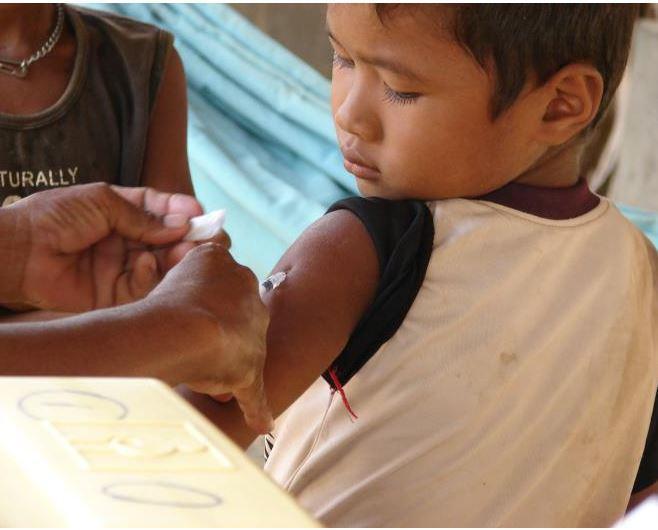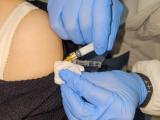A review of global childhood vaccination coverage published today in Morbidity and Mortality Weekly Report shows that routine childhood immunization rates increased in 2022 compared to 2020, but they have yet to reach prepandemic levels in many countries.
The new review is an assessment of the World Health Assembly's Immunization Agenda 2030 (IA2030), the 2021 to 2030 global strategy. A central target of IA2030 is reducing the number of children who have not received the first dose of a diphtheria-tetanus-pertussis–containing vaccine (DTP) (zero-dose children) 50% by 2030, the authors said.
The initial IA2030 implementation was halted during the COVID-19 pandemic, and estimates show a 40% increase in the number of zero-dose children during 2019–2021, with fewer vaccinations administered in 2021 compared with 2020. In the current study, the authors used the World Health Organization (WHO) and UNICEF's Estimates of National Immunization Coverage (WUENIC) at the national, regional, and global level to show immediate pre- and post-pandemic changes.
Estimates of global DTP vaccine coverage increased from 86% in 2021 to 89% in 2022, but it remained below 2019 coverage (90%). Among the 194 WHO countries, 73 (38%) experienced at least a 5% decline in DTP coverage from 2019 to 2021, and only 15 (21%) achieved DTP coverage in 2022 that equaled or exceeded that in 2019.
Low-income countries most at risk
The number of zero-dose children (14.3 million) decreased 21%, from 18.1 million in 2021, but was still 11% higher than the 12.9 million in 2019.
For measles-containing vaccines, coverage increased from 81% to 83% in 2021 and 2022, but it remained below the 2019 coverage level (86%). Currently only the Eastern Mediterranean region has returned to prepandemic levels of coverage.
"Global distribution of zero-dose and incompletely vaccinated children in 2022 highlights equity issues in immunization coverage and ongoing challenges faced by many low- and lower-middle–income countries," the authors wrote.
Zero-dose and undervaccinated children tend to live predominantly in low- and lower-middle–income countries.
"Zero-dose and undervaccinated children tend to live predominantly in low- and lower-middle–income countries and underserved communities; this includes the urban poor and those living in remote rural or conflict-affected settings. WHO and UNICEF recommend that countries enhance their immunization programs to bolster resiliency against public health events such as the COVID-19 pandemic."



















